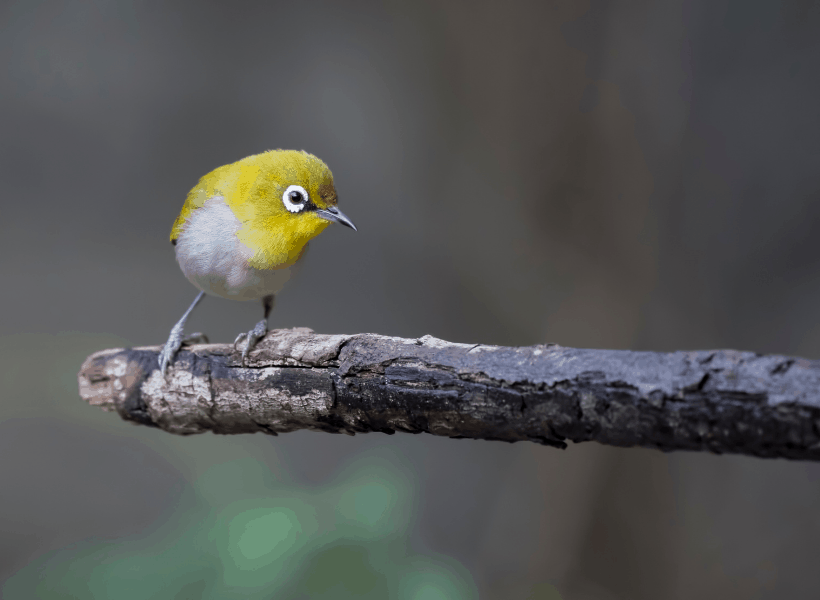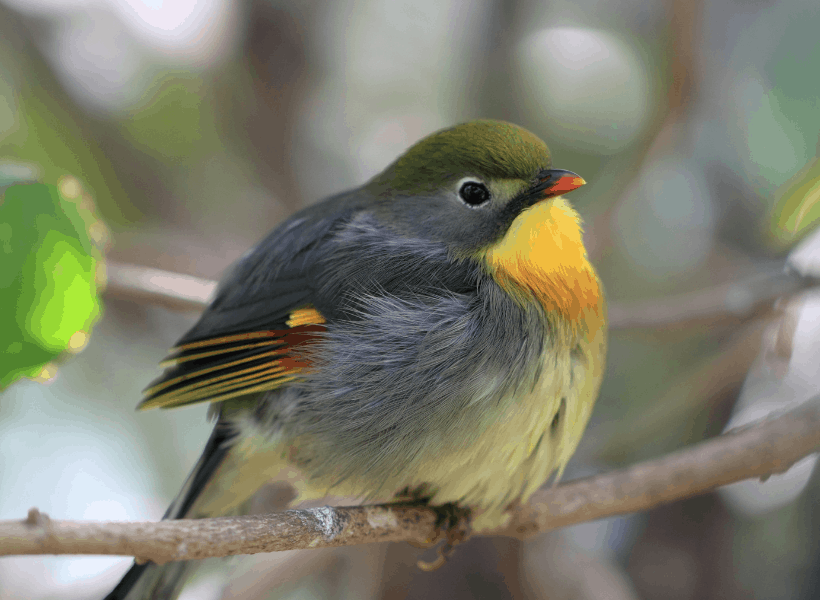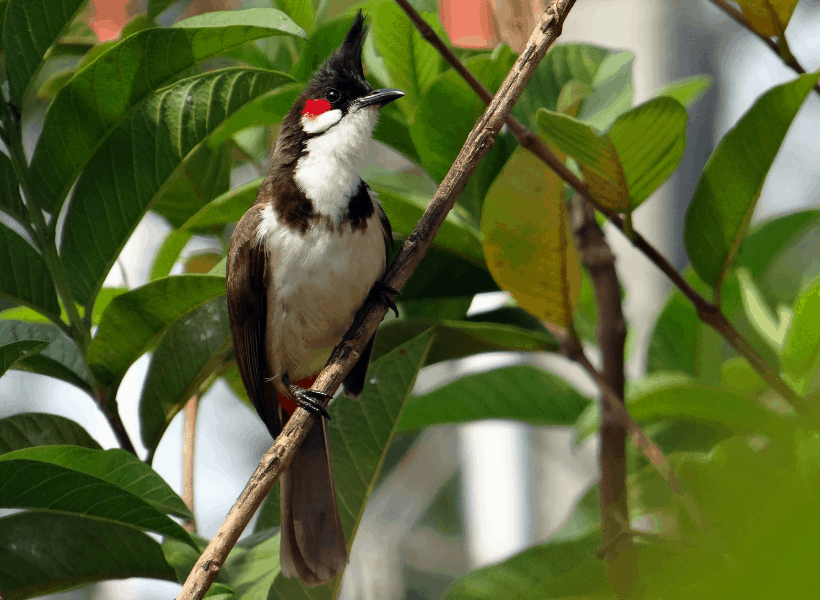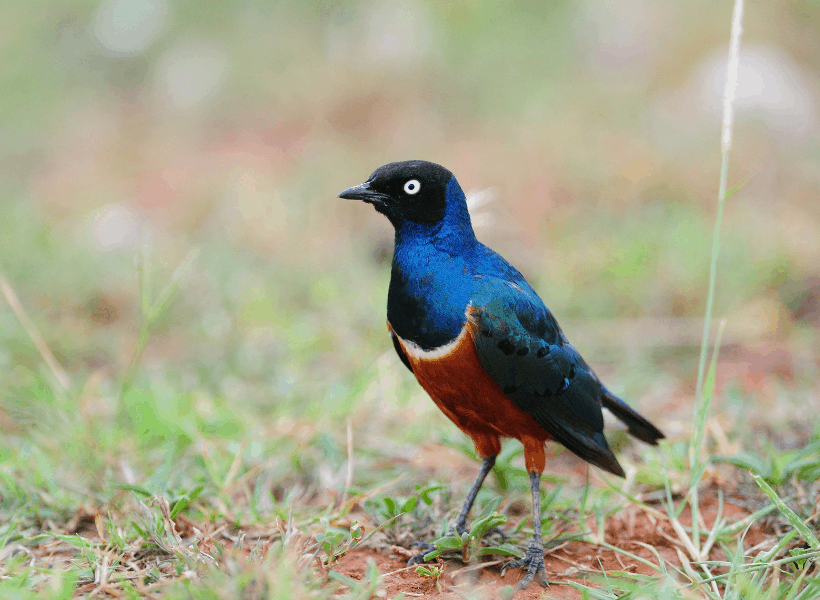It’s good to have ambitions in life and bird keeping is no different. My ambition is to one day have softbill species among my bird family, although many of them I can’t consider in my current set up for one reason or another.
As a result of this ambition, I have started collecting information about the different species so I understand what would be involved in giving a home to any of these amazing birds. To start this new section of the blog, I am introducing the softbill, what these birds are and a few popular examples.
Definition of a softbill
The term softbill is not a zoological term but rather a catch-all term for a large group of unrelated species of bird. It is similar to the term ‘hook beak’ which is often used to describe birds of the parrot family, with their hook shaped beads.
Softbills, however, don’t particularly have soft bills and some of them have beaks that you wouldn’t want to mess with! They are a group of birds that cross families and have a wide ranging diet that isn’t reliant on seed, as is found with the finches.
Softbills generally fall into three food eating categories – insectivores, frugivores and nectarivores. As the names suggest, insectivores eat insects, frugivores are the fruit eaters and nectarivores are birds that eat nectar from plants. This means they have different shaped beaks depending on their main diet and most of them eat more than one type of food. Some are called omnivorous, meaning they eat almost anything, and there are a few in the group that are carnivorous – meat eaters – such as the crows and the hornbills.
Keeping softbills
This varied diet can mean keeping softbills in your home is a bit messy – there is more cleaning involved in any environment than with seed eaters due to their choice of food. They also most all need live food which means dealing with insects ranging from mealworms and waxworms to crickets and spiders. For some people, this would be an instant no-go area, in which case non-live food eating finches would definitely be the best bet.

If you can handle the cleaning and the diet, then you also need to be able to handle noise. Parrots are very noisy birds but some softbills can make a serious amount of noise too, while others have the most beautiful, melodies songs. Whatever their sounds, there are no off switches or mute buttons – they will sing and call whenever they want, as often as they want. So be prepared for this, particularly if you plan to keep them in your house.
Most keepers say that given time and patience, softbills are generally more friendly towards humans than finches. That isn’t to say they will be tame in the way that a hand-reared parrot is. It means they can come to trust the people they interact with and will come to the hand for food or allow them to be close by. These are still most always wild birds and their instincts tell them to avoid us humans – however food is a great bribe to try and overcome this instinct somewhat.
Accommodations differ from species to species. Some of the smaller birds can live with birds such as finches while others can live with other softbills. Some are a little anti-social and need their own space. So there is no general housing advice for these birds, research on the individual species is needed for this.
Softbills seen in aviculture
Pekin Robin
One of the first softbills I saw at a bird sale was the Pekin robin, correctly known as the red-billed leiothrix. This is a stunning bird around six inches long with bright yellow on its throat and an orange breast, brightly coloured wing feathers and a brilliant red beak.

Although known in aviculture as the Pekin Robin, they are actually a bird of the hill forests of India, Nepal, Burma and Tibet. They are fruit eaters as well as eating insects and are generally said to be sociable to smaller birds, though some have been said to be egg eaters, stealing eggs from other birds’ nests.
White Eyes
The White Eyes are a large family of birds of which several species can be found in captivity. The Japanese and Indian (or Oriental) White eye are two popular species that are around 8-9cm in length with bright olive green feathers and a distinctive ring of white around their eyes that give them their name. they are active birds that need plenty of space to move around and live on insects as well as nectar and fruit.
Bulbuls
The Red-whiskered bulbul is a bird with an impressive large crest of feathers on its head and bright red patches on its face. It is a bigger bird, around 20cm in length that naturally comes from lightly wooded areas with shrubs and bushes, so a well planted aviary is ideal. They are fruit eaters as well as taking insects and nectar. Opinions vary about their suitability with smaller birds so discuss with the breeder to see what they are used to.

Starlings
Many of us know starlings from our gardens but there are many more members of the family than the bird we all see. One such example is the Superb Starling who really lives up to his name. Around 19cm in length, these birds have black heads, iridescent blue/green back as well as breast, rings and tail while their belly is a deep red-orange shade. They are loud and active birds, not suited to living with smaller birds as they are aggressive, particularly when nesting.

A new challenge
Softbills present a new challenge for people like me who have kept finches, canaries and even some types of parrot. There is a huge and varied range of species and lots of different requirements to learn. So if you are considering starting with softbills, do your research and get the know the species to get the best results for you both.
1
2
5